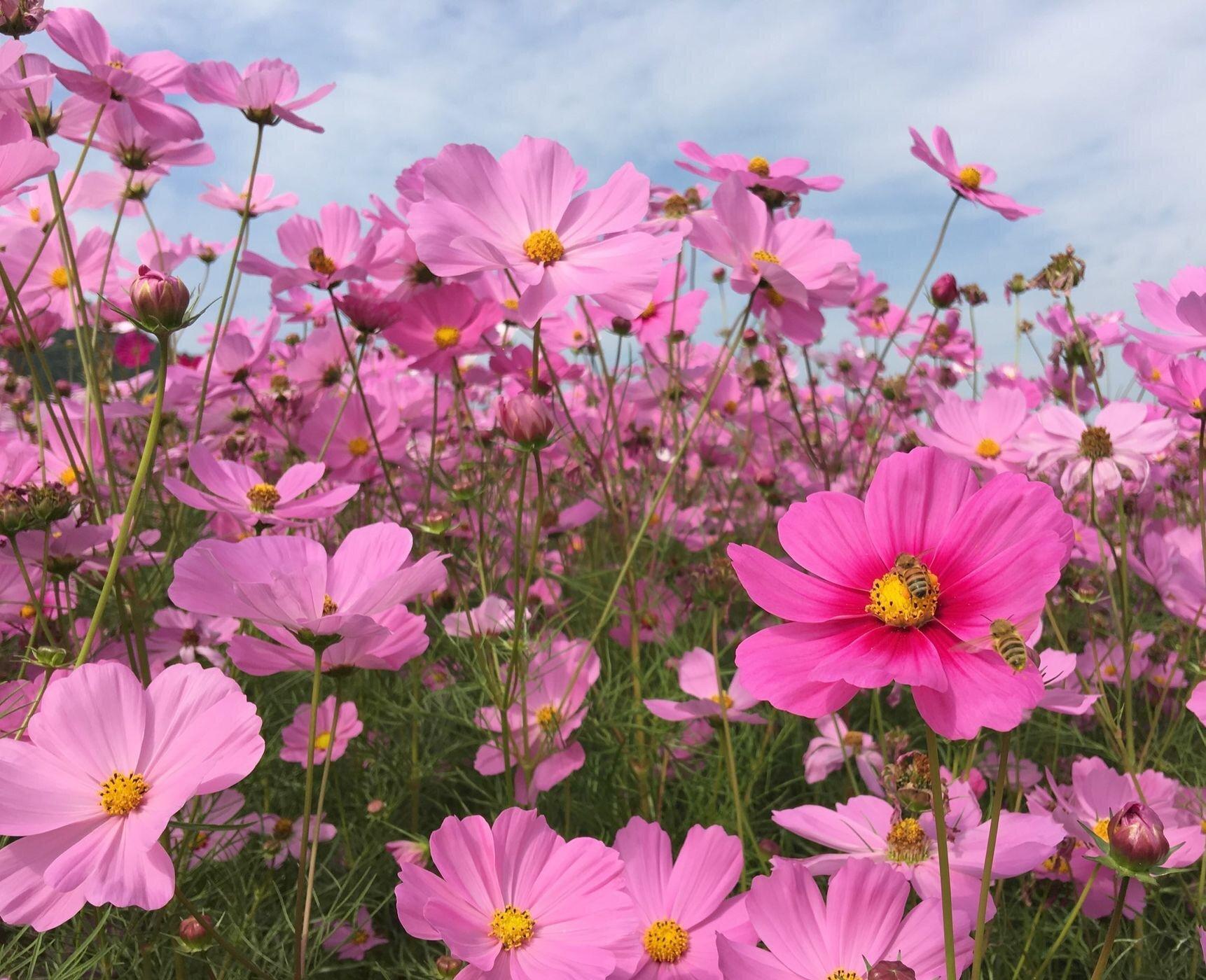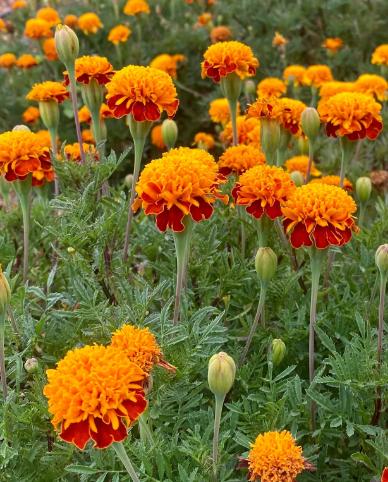Crassulaceae is a fascinating family of plants that includes over 1,400 species. One interesting story about this family involves the plant known as “Mother of Thousands.” This succulent gets its name from the numerous plantlets that grow along its leaves, which can quickly propagate and take over an area. In some areas, such as New Zealand, these plantlets have become invasive. However, in their native habitats in Madagascar and Africa, the plant serves an important role as a food source for both humans and animals. In traditional medicine, it has been used to treat a variety of ailments, including digestive issues and skin conditions.
Picture
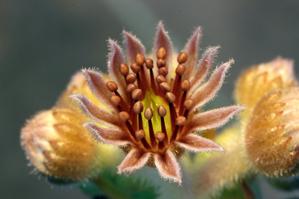
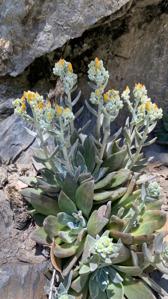
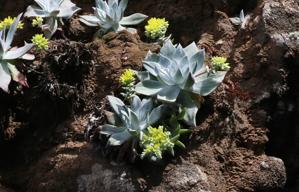
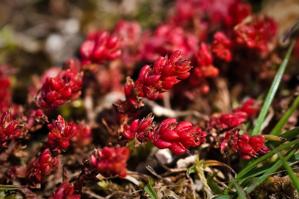
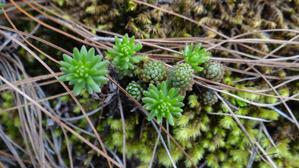
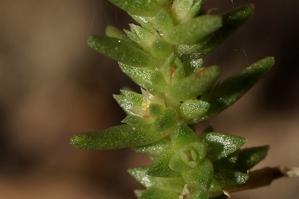
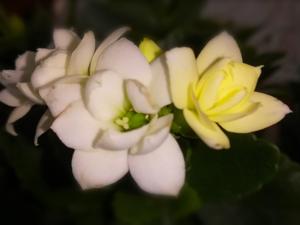
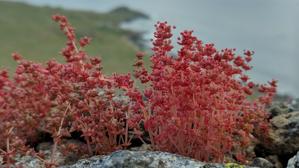
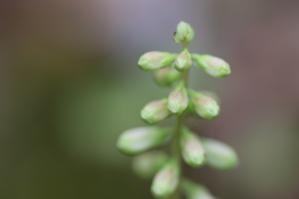
Plant some seeds now!
Short Description
The Crassulaceae (/ˈkræsjuːleɪsiːˌiː, -siˌaɪ/, from Latin crassus, thick), also known as the stonecrop family or the orpine family, are a diverse family of dicotyledon flowering plants characterized by succulent leaves and a unique form of photosynthesis, known as Crassulacean acid metabolism (CAM). Flowers generally have five floral parts. Crassulaceae are usually herbaceous but there are some subshrubs, and relatively few treelike or aquatic plants. Crassulaceae are a medium size monophyletic family in the core eudicots, among the order Saxifragales, whose diversity has made infrafamilial classification very difficult. The family includes approximately 1,400 species and 34–35 genera, depending on the circumscription of the genus Sedum, and distributed over three subfamilies. Members of the Crassulaceae are found worldwide, but mostly in the Northern Hemisphere and southern Africa, typically in dry and/or cold areas where water may be scarce, although a few are aquatic.
Crassulaceae are mainly perennial and have economic importance as garden plants. Many members have a bizarre, intriguing appearance, and are quite hardy, typically needing only minimal care. Familiar species include Crassula ovata (jade plant or friendship tree), Kalanchoe blossfeldiana (florists’ kalanchoe), Sempervivum (houseleek or hen and chicks), Monanthes, Umbilicus (pennywort), Bryophyllum, Echeveria and Cotyledon.
Description
Morphology
Cultivation
Many Crassulaceae species are cultivated as pot plants or in rock gardens and borders.


